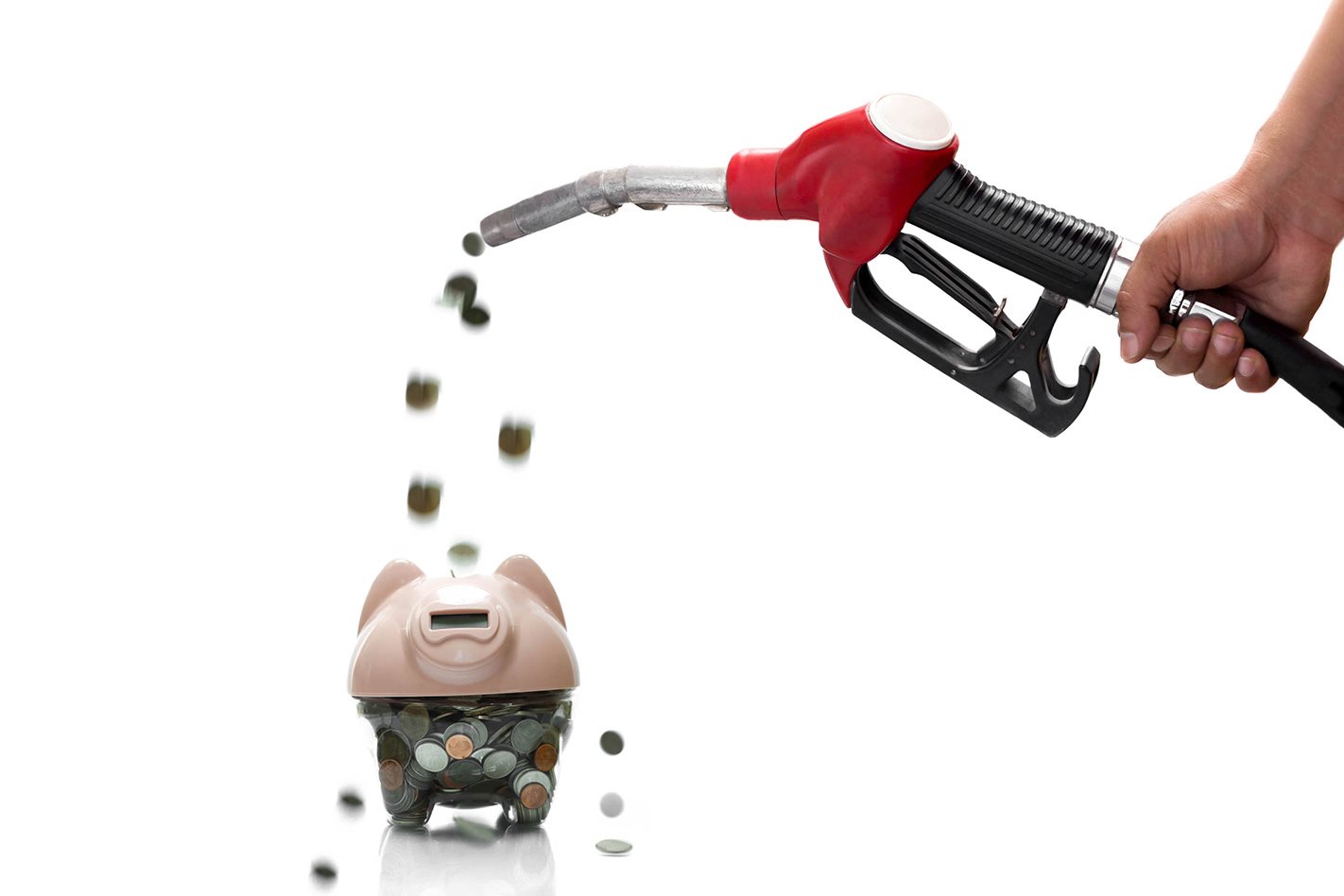
There are so many things that can influence the amount of fuel your car uses. Regardless of whether your car is a natural guzzler, or draws power from electricity to supplement its fuel use, the way you drive and the condition of your car can have a major impact on your fuel efficiency numbers.
Here are ten things you should do to ensure you keep fuel use to a minimum, without turning to a bus or a bike.
1. CHECK YOUR TYRE PRESSURES
The air in your tyres can have a major impact on the car’s performance. From control to shock absorption, ensuring your tyres are filled with the correct pressures is vital. But did you know it can also have a major influence on how much fuel your car uses? Underinflated tyres will increase resistance and friction against the road, making the car work harder and therefore increasing its consumption.
2. REGULAR MAINTENANCE
You’d be surprised how much of a difference regular servicing can make to your car’s fuel economy. If you keep running costs low, you’ll also keep fuel costs down. This includes tuning the engine, replacing filters, keeping car parts in good working condition and changing the oil. According to a Ford Australia survey, only one in three Australian drivers realised the impact regular maintenance and tyre inflation can have on fuel costs.
3. LIFT AND COAST
A technique commonly used in motorsports, you may hear it from time to time in F1 reviews. The term, lift and coast is used when drivers lift their foot off the accelerator and ‘coast’ through a corner, or round about, or intersection without using any power or changing gears. When you’re not using power, you’re not using fuel.
4. SHORT SHIFT
This is when you shift up gears before you need to, so at a lower rpm. This means you’re using less power from the engine when accelerating, and therefore less fuel. Win. It’s also a great technique commonly used when overtaking. If you’re in an automatic car, the transmission will up shift with ease if you back off the accelerator slightly as the car gains speed.
5. CUT THE AIR-CON
You’ve spent all weekend waiting for summer. You complain about being cold and you just want to warm your bones in the sun. Then summer hits, and you spend most of your time blaring the air-con at 15 degrees just to stop your legs from sticking to your leather seats. We’re with you, we’ve been there. But know that using your car’s air-conditioning system works the engine to run the compressor and therefore uses more fuel. By all means, use it when you’re hot, but turning it off when you don’t need it while cruising around town is an easy way to save fuel. That said having the air-con when travelling on a highway at 100km/h can be more fuel efficient than having all the windows open, refer to point 8.
6. USE STOP-START – IT’S THERE FOR A REASON
Stopping and starting in traffic uses a lot of fuel. But if you’re car has stop-start technology, it’ll cut the engine’s spark when you come to a stop, and therefore stops burning fuel. When the break is releases, or the clutch engaged, the engine fires back up again. Let’s be honest, car manufacturers wouldn’t have invented stop-start technology if the commonly believed notion that an idling engine saves fuel.
7. ACCELERATE SPARINGLY
When you accelerate, you increase the car’s revs, and the more the car revs, the more petrol it uses. If you ever needed more of a reason to keep a safe distance from the car ahead, other than safety, then do it for your wallet – you can avoid unnecessary acceleration and repetitive braking, which will just end up wasting your car’s fuel. According to the Ford Australia survey, 33 per cent of Australians “do not know that harsh acceleration and braking can have a dramatic effect on their car’s fuel consumption.”
8. LOSE SOME POUNDS – DON’T CARRY UNNECESSARY WEIGHT
Just like your body, the more weight you carry, the more energy you use. The same applies to your car. Leave the unnecessary stuff at home, don’t over pack, and keep it as light as you can. Same goes for aerodynamics. Things like roof racks, spoilers or even having the windows or sunroof open means the car is working against wind resistance. Take a leaf out of a cyclist’s book and shave those legs … or, err, the car equivalent.
9. CUT THE SPEED
Once you hit 90km/h, your fuel consumption increases, significantly. In fact, once you reach 110km/h, you’re using around 25 per cent more fuel than you would be at 90km/h according to some sources. Cruise control, in this instance, is your friend. It’ll also keep a steady speed, refer to point 7.
10. USE YOUR LEGS
If you really want to save costs on fuel, stop driving to the shop around the corner during peak hour. Park the car, cut the engine, and walk. It’ll save your waist line, the environment and fuel costs.



